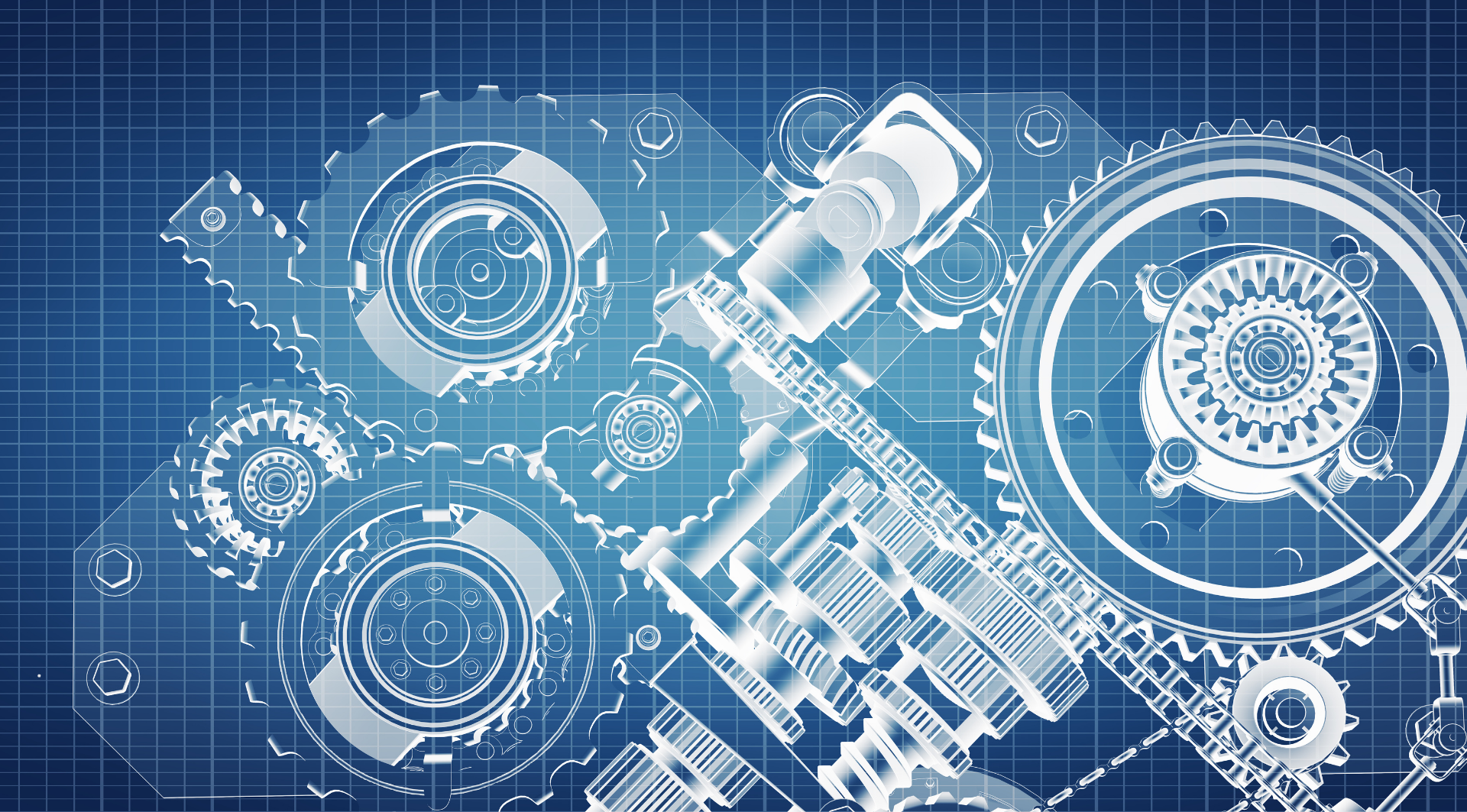 By: Admin / September 5, 2025
By: Admin / September 5, 2025
Worm gears are widely used in power transmission systems where high reduction ratios, compact design, and self-locking mechanisms are required. However, despite their advantages, worm gears face unique efficiency challenges, primarily due to friction and heat generation. Understanding these limitations and applying correct design practices ensures reliability, performance, and longer service life.
This article provides an in-depth look at worm gears, efficiency factors, ANSI/AGMA standards, and practical design insights for engineers.
A worm gear set consists of two components: – Worm (screw-like shaft) – Worm wheel (gear meshing with the worm)
Together, they deliver large speed reductions in a compact space. Worm gears are commonly used in conveyors, elevators, gates, and heavy machinery where compactness and load-holding ability are critical.
Despite their advantages, worm gears suffer from efficiency losses. Typical efficiency levels range from 40% to 90%, depending on design and operating conditions.
Unlike spur or helical gears with rolling contact, worm gears rely on sliding contact, which generates higher friction and heat.
Specialized lubricants with high film strength are needed to reduce wear and maintain efficiency.
Friction leads to heat buildup, which may require additional cooling systems or thermal management.
Under heavy loads, friction and efficiency losses become more pronounced.
Worm gears should be designed and inspected according to AGMA 6022 and ANSI/AGMA 6034 standards. Quality control includes: – Tooth geometry inspection. – Hardness and wear resistance checks. – Efficiency and thermal performance testing.
Worm gears remain indispensable for applications requiring compact design and high torque. Yet, their efficiency challenges—friction, heat, and lubrication—must be addressed through smart engineering practices. By applying the right materials, manufacturing standards, and lubrication strategies, worm gears can achieve reliable and efficient performance.
📌 Call to Action: Need precision-engineered worm gears with optimized efficiency? [Contact MASGearTech today] for expert gear solutions tailored to your industry.
Leave a Comment